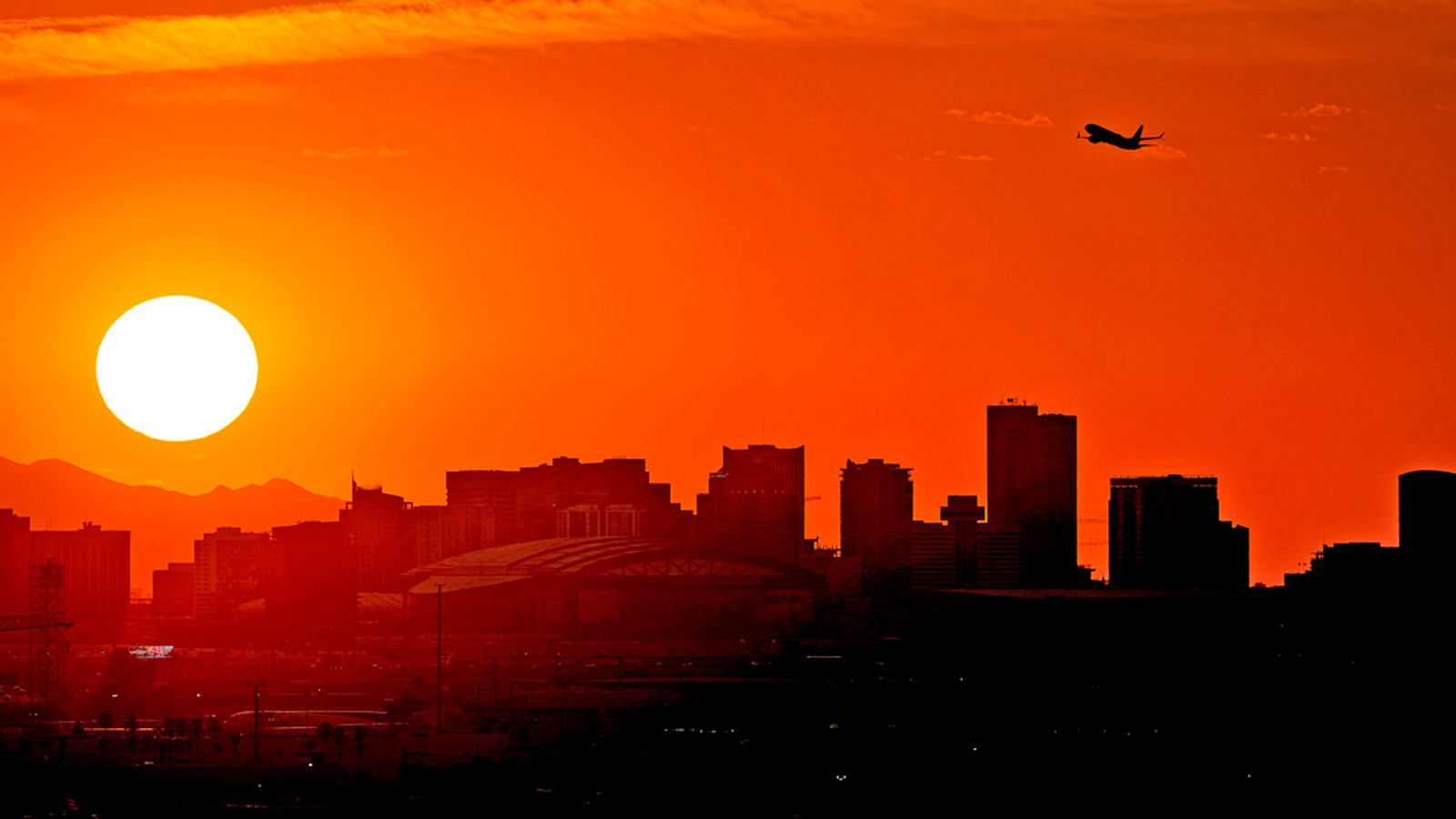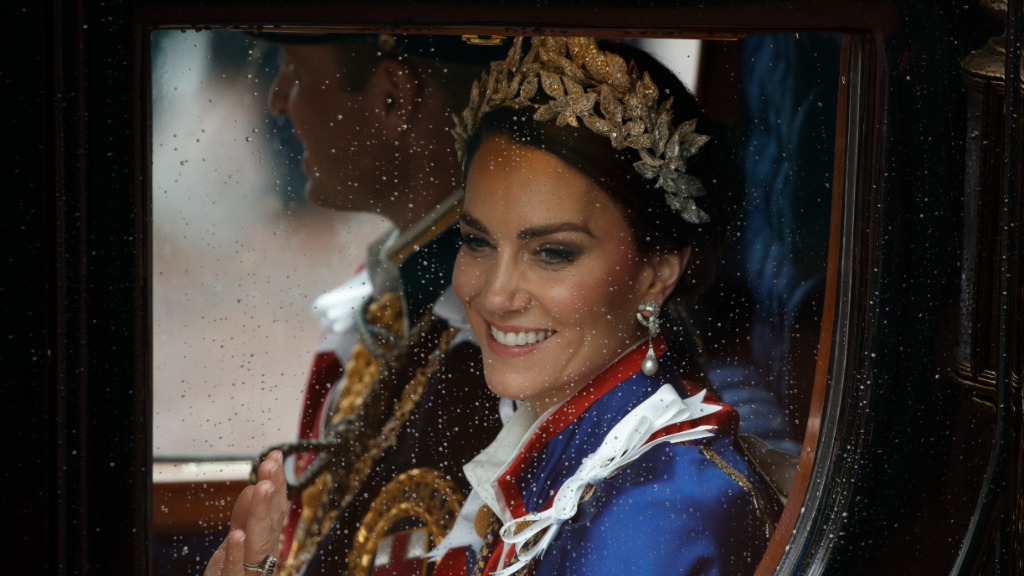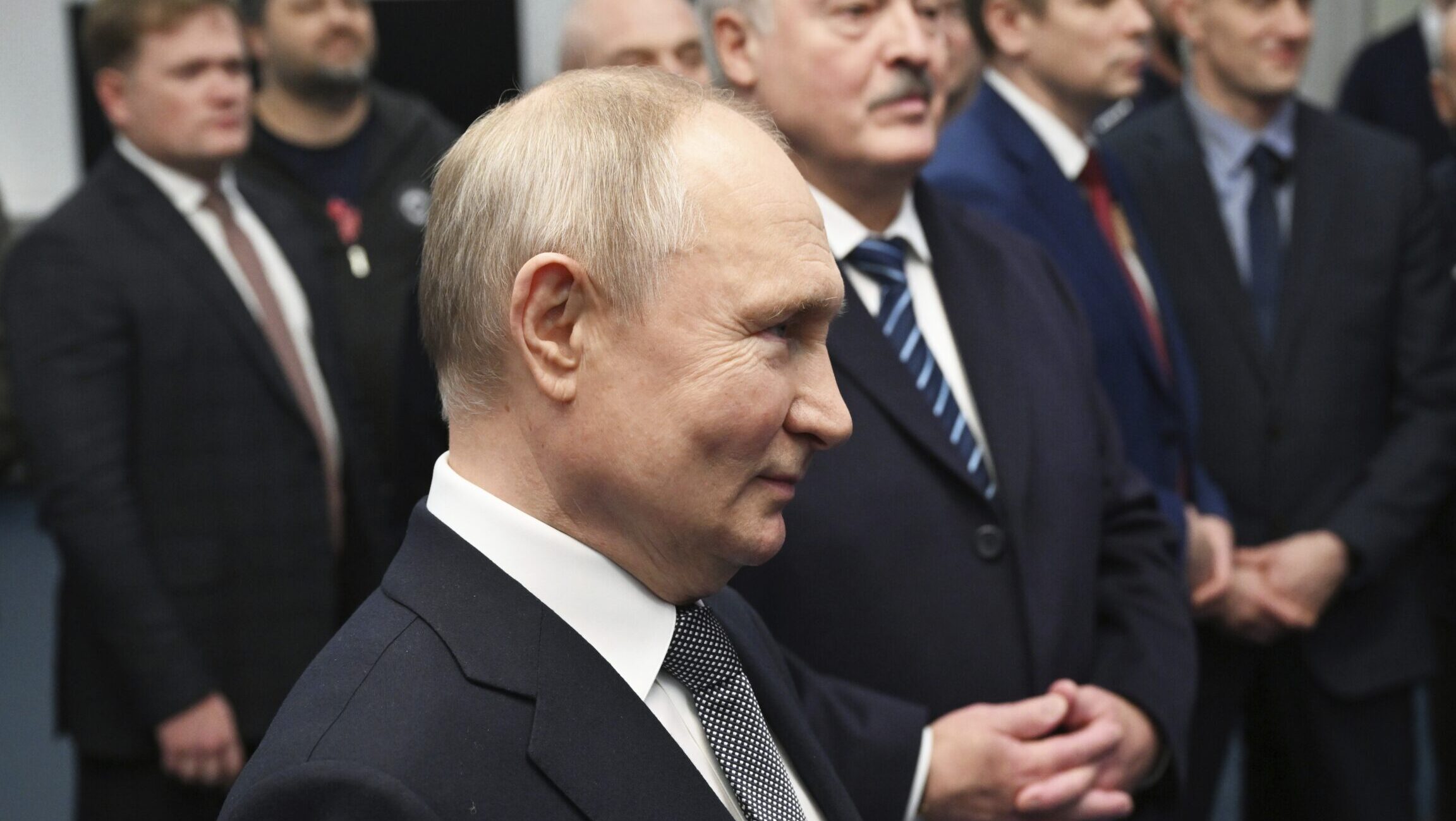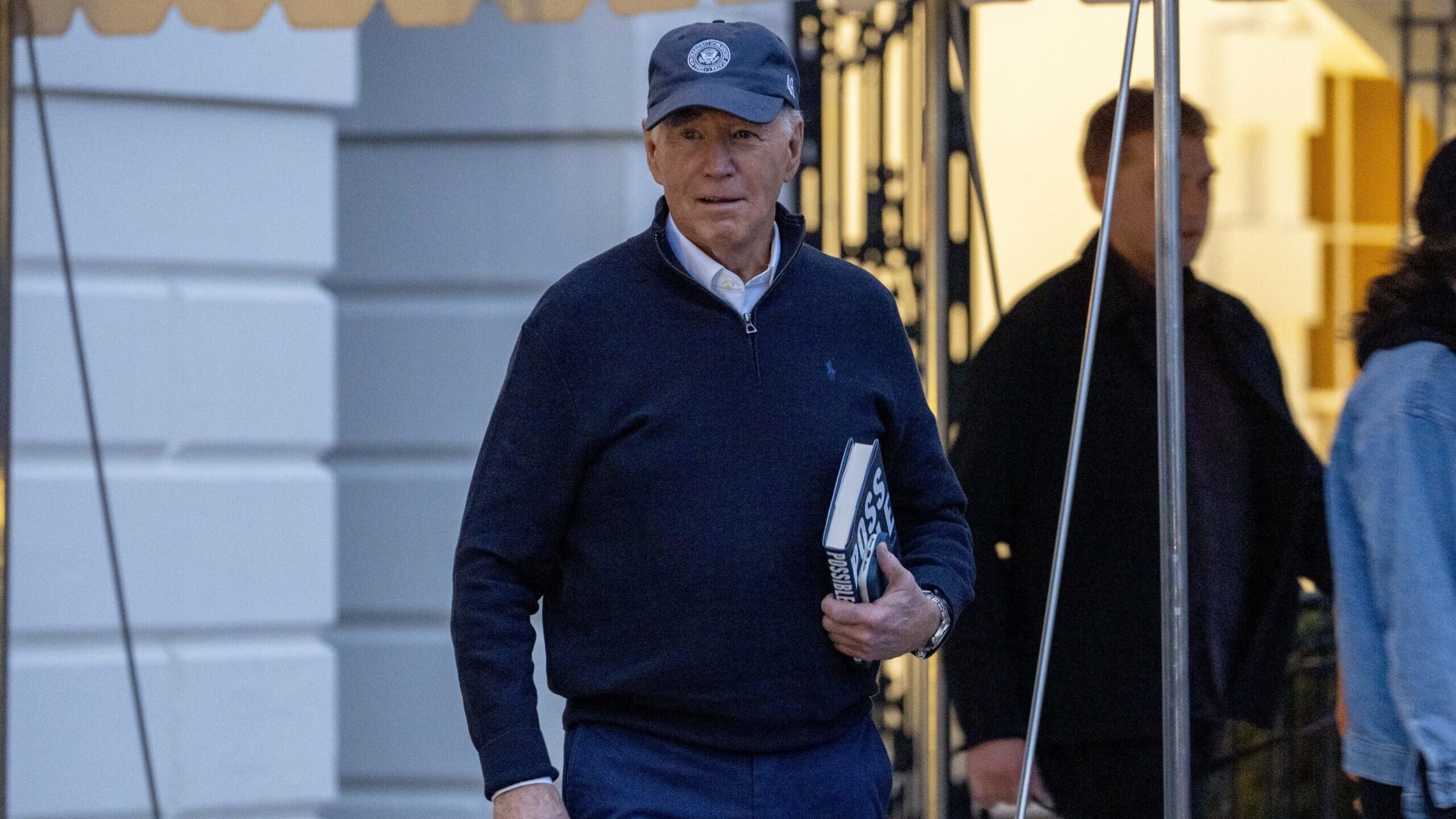Horrific anti-China protests become Tibet’s norm
Mar 21, 2012, 12:25 PM
Associated Press
(AP) – For more than a year the deadly protests have swept the Tibetan plateau, waves of people burning themselves alive in a widening challenge to Chinese rule.
The prime minister of Tibet’s government-in-exile calls them acts of desperation. The Dalai Lama says they give China an excuse for even harsher crackdowns. But to many Tibetans, they are carefully reasoned attempts to bring attention to an often-forgotten cause.
“These are intelligent people who knew what they were doing,” said Tenzin Choekyi of the Tibetan Youth Congress, a prominent Dharmsala, India-based activist group. “What is the ultimate thing you can offer? It’s your life.”
In Tibet, the horrific has become normal.
More than two dozen Tibetans, many in their teens or 20s, have set themselves on fire since early 2011 in an unprecedented series of suicide-protests. In the moments before they are overwhelmed by pain or tackled by Chinese security, they cry out for the Dalai Lama’s return to Tibet, for an end to China’s crackdowns or for their homeland’s independence.
There is little sign that the immolations could lead to a broad uprising. But they have embarassed Beijing and are testing Chinese policies across the Tibetan plateau. The protests also have taken place far from the Tibetan heartland, showing opposition to Beijing’s rule is geographically more widespread than ever.
Most of the immolations have occurred in ethnic Tibetan regions in China’s Sichuan and Qinghai provinces.
While the most restive towns have been effectively sealed off, some details have emerged: the Buddhist monk who drank gasoline before dousing himself with fuel and setting himself alight; the two young men who set themselves on fire, then ran together into the streets shouting for the return of the Dalai Lama; the nun, seen in a video distributed by activists, walking along a busy street engulfed in flames.
At one point, a woman tosses a white scarf _ a Tibetan offering of respect _ at her feet.
“The self-immolations don’t hurt anybody else. They just want people to see that there are problems here,” said a young schoolteacher in trendy faded jeans in the small Tibetan town of Hongyuan, in China’s Sichuan province. He spoke on condition of anonymity fearing retribution by Chinese officials.
Until recently, though, such protests were rare among Tibetans, raised in an enveloping Buddhist culture that normally discourages suicide.
While there had been a handful of earlier Tibetan suicide protests, the recent surge began March 16, 2011, when a 20-year-old monk at Sichuan’s Kirti monastery burned himself alive, apparently to mark the anniversary of a 2008 protest brutally crushed by Chinese forces.
The burnings spiked in October, and then again in January. There have been at least seven so far in March, activists say.
The Kirti monastery, which has emerged as a center of political activism, has been the focus of the protests, with at least 14 current and former monks among the self-immolators.
The monastery and the town around it, Aba, have been flooded with Chinese forces. Soldiers and police in riot gear now line the town’s streets, and more have been posted inside the monastery. But they have been unable to stop the protests.
The roots of the self-immolations lie along Tibetan periphery. Aba, like most of the towns that have seen recent suicides, is well over 1,000 miles (1,600 kilometers) from the Tibetan capital of Lhasa.
Until the 1990s, China’s most repressive policies were concentrated on the official Tibetan Autonomous Region, with Tibetans living to the east, in Sichuan and Qinghai, given freer reign. When protests shook Lhasa in the 1980s, they barely touched Sichuan.
“These areas had not been part of a Tibetan state for centuries, and were outside the administration of the old Tibetan government, yet now we often hear of people there raising the Tibetan flag or calling for freedom for Tibet,” Robert Barnett, a professor of modern Tibetan history at Columbia University, said in an email.
“It’s not that these people are radical, it is that China’s policies, especially since its decision in the 1990s to insult the Dalai Lama and to treat monasteries as threats, has turned a formerly complex Tibetan cultural sphere into a relatively unified sphere of political dissent.”
The trouble began in the late 1990s, as a divide between Beijing and Tibetans began growing over the Panchen Lama, the second-highest Tibetan religious leader. In 1995, the Dalai Lama named a 6-year-old boy as the reincarnated Panchen Lama. But the boy and his family soon disappeared, and Beijing gave another boy the title.
When monks in Sichuan spoke out, Beijing’s policies began reaching deep into monastic life. Monks were pressed to accept the Panchen Lama, to declare their fealty to China, to denounce the Dalai Lama. As senior monks died, China forbade the traditional searches for reincarnated successors, forcing the monks to look abroad for guidance, toward more politicized monasteries in exile.
In Tibet, where monasteries often serve encompassing roles _ school, cultural center, home to the sons of local families who have become monks _ Beijing’s moves created a bitter cycle of revolt and repression, with Tibetan protests leading to ever-more official interference, which in turn sparked more protests.
Aba now looks like an occupied town.
During a clandestine late February visit by an Associated Press reporter, roadblocks guarded every road into the town, while members of Chinese security forces massed along the main street and outside the monastery.
“People have never seen the type of restrictions that exist now in Aba,” said Lobsang Yeshe, a monk from the town who fled to India more than a decade ago. He is now based at Kirti’s brother monastery, in Dharmsala, which keeps in close contact with Aba.
He said the crackdown and what he calls “the invisible troubles” _ everything from the influx of ethnic Han Chinese to Tibetan nomads encouraged to settle into permanent homes _ have nurtured the self-immolations. Tibetans, he said, have no choice but to harm themselves in protest.
“The Tibetans who made the decision to self-immolate, who can question them?” he demanded. “This is their choice. This is their own method of nonviolence.”
But why suicide by self-immolation? No one knows. Some see inspiration in the Arab spring, and the Tunisian vegetable seller who helped inspire it by setting himself on fire. Others look to a history of Buddhist immolators: Vietnamese monks who burned themselves alive in the 1960s, angry over government crackdowns; Chinese monks who killed themselves in political protests during the last imperial dynasty.
Beijing, though, sees them as part of a decades-long campaign by the Dalai Lama to carve Tibet away from China. Foreign ministry spokeswoman Jiang Yu told reporters that the Dalai Lama and his aides were trying to incite more self-immolations, calling their activities “terrorism in disguise.”
The Dalai Lama, who fled Lhasa in 1959 and now lives in exile in India, insists he only wants more autonomy for Tibet.
A year after the suicides began, many details are unanswered. Many protesters have been dragged away by police, and it is unclear how many survived. Activists say dozens of people have been arrested, accused of encouraging the immolations.
Meanwhile, a handful of Tibetans have begun to speak out against the self-immolations.
Tsering Woeser, a well-known poet living under virtual house arrest in Beijing, posted a recent online appeal calling for an end to the suicides, signing the appeal with two other Tibetan intellectuals.
“Tibetans must cherish life and live with resilience. Regardless of the magnitude of oppression, our life is important, and we have to cherish it,” the March 8 appeal said.
At least four Tibetans have set themselves on fire since then.
___
Sullivan reported from New Delhi and Dharmsala; Wong reported from Aba and Hongyuan; Associated Press writer Charles Hutzler contributed from Beijing.
(Copyright 2012 The Associated Press. All rights reserved. This material may not be published, broadcast, rewritten or redistributed.)









